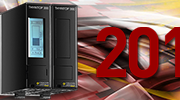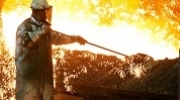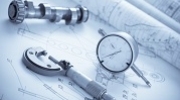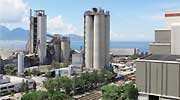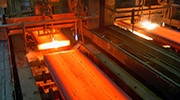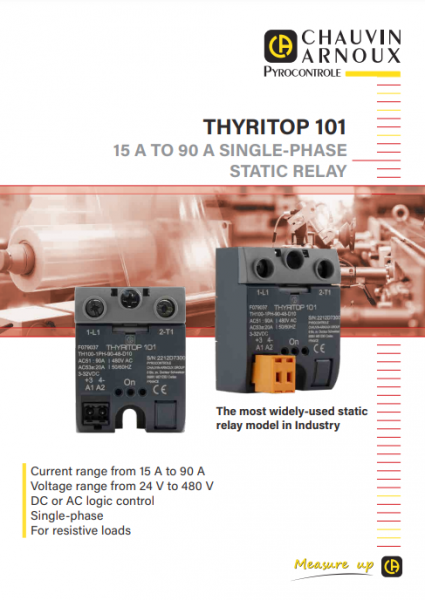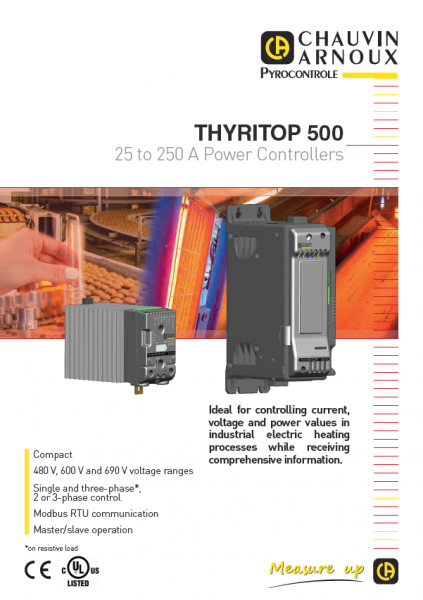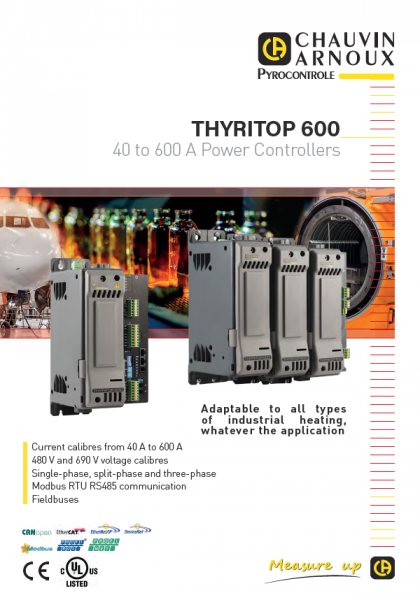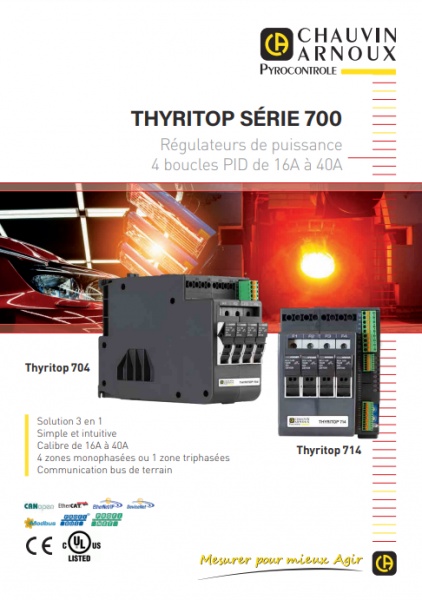How to choose your Thyritop ? 4 questions for your energy savings!
Here is a short practical guide to optimizing your costs, securing your processes and decarbonizing your production line. Four steps to help you define the most appropriate thyristor control system for your temperature line. There's always a Thyritop that matches what you need!

Here is a short practical guide to optimizing your costs, securing your processes and decarbonizing your production line. Four steps to help you define the most appropriate thyristor control system for your temperature line. There's always a Thyritop that matches what you need!
In the temperature line, the sensor informs the controller of the process's temperature. Depending on the difference measured in relation to the setpoint, the controller sends the order to correct the deviation (by reactivating the heating, for example, in the case of a furnace). This order is sent to what we will call the power control unit. This comprises electronic thyristor modules allowing total (static relay) or partial (dimmer switch) conduction of the current in the load. But the load may also be inductive: this is the case when you use induction heating or pass via a transformer.
1. What type of load does it involve?
Is it resistive, inductive or both at the same time? Is the ohmic value of the load constant as a function of temperature? This involves the well-known Rhot / Rcold coefficient. This depends on the materials used to make the heating resistors. If the coefficient is “1”, the easiest case, we recommend a simple product. If not, and depending on the value ranges, we propose advanced functions for limiting the current or special algorithms.
Inductive load: do you know the induction value (expressed in Tesla: 1 T = 10,000 gauss) of your transformer or inductive load? This value is essential for us to propose the most suitable product.
2. What type of electrical network do you have?
Is your power supply single-phase or three-phase? What is its rated voltage? The most common voltage ratings are 230 V and 400 V. In industry, 500 V and up to 690 V may be encountered.
3. What is the type of connection arrangement?
What is the overall power necessary to supply your loads? There are two types of connection arrangements: triangle and star; the latter can be used whether or not a neutral is present. If we know the type of connection arrangement and its rated power, we can calculate the current flowing through the thyristors and thus size the product correctly. In a three-phase system, for example, we may propose a product "with two-phase cut-off", which is cheaper than a "three-phase cut-off" product.
4. What functions does your application requires?
Our Thyritop models include a large number of functions for monitoring and securing the while installation. These functions are crucial for the stability and life span of your processes:
■ Load monitoring: if one or more loads are broken, the power controller detects the anomaly and informs the process via a relay contact.
■ Current limitations: for example, to limit a current surge when the installation is started up or a current peak in inductive loads.
■ Voltage limitations: recommended in "phase angle" mode and when you want to limit the voltage to a fixed value.
■ Power limitations: combine the two limitations above.
■ Measurement copy: for plotting or indicating the voltage, current or power values in real time via a panel meter, a logger or a digital network
■ Synchronization: in the event of an installation with several zones operating in BURST firing mode, synchronization makes it possible to prevent the blocks from being activated at the same time, thus placing less stress on the power distribution system.
■ Communication: to link to a central system letting you supervise the control of your heating systems from a single location (control room).
Need advice? Need help? Want to chat? Contact our experts so that we can help you cut your energy bills!









